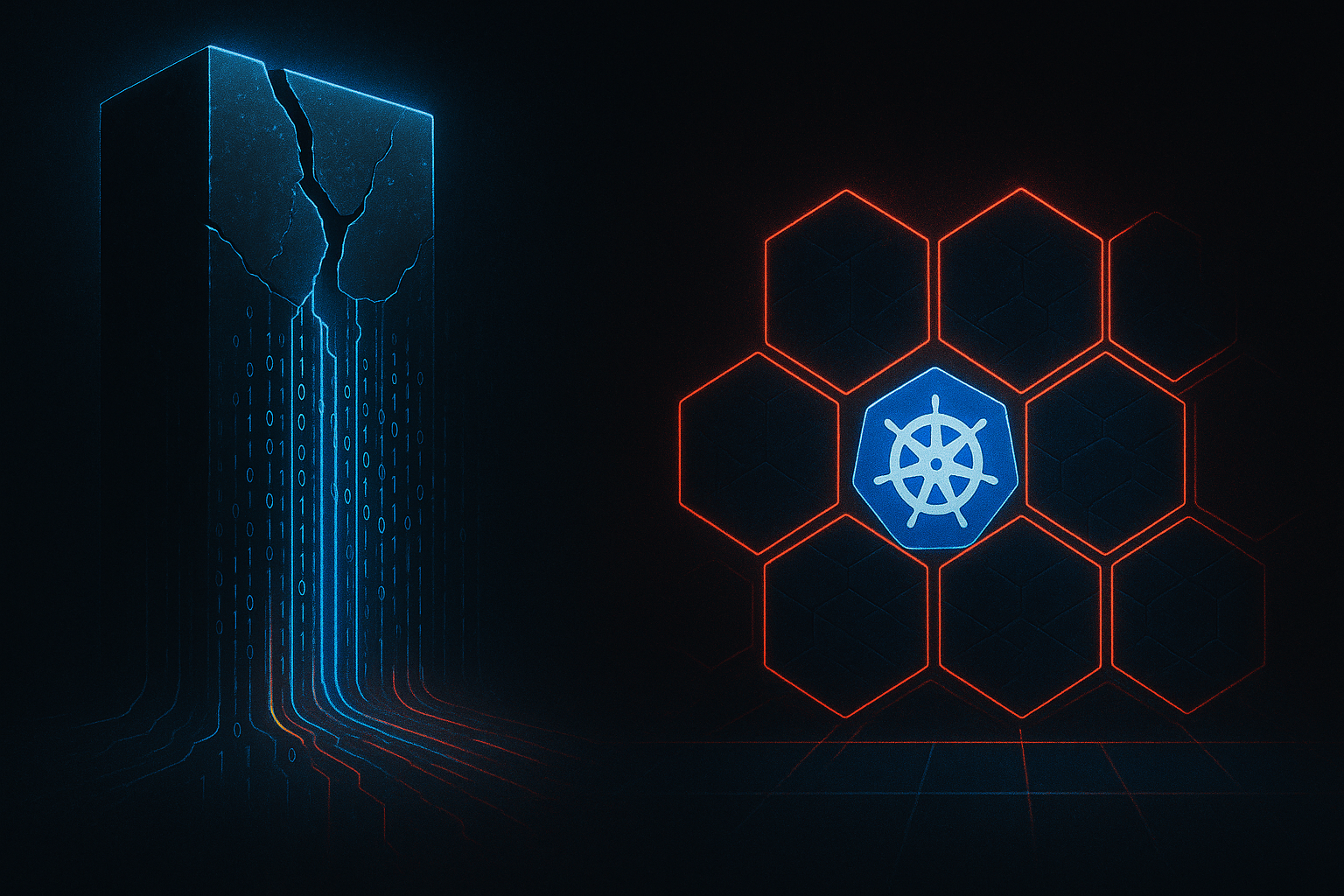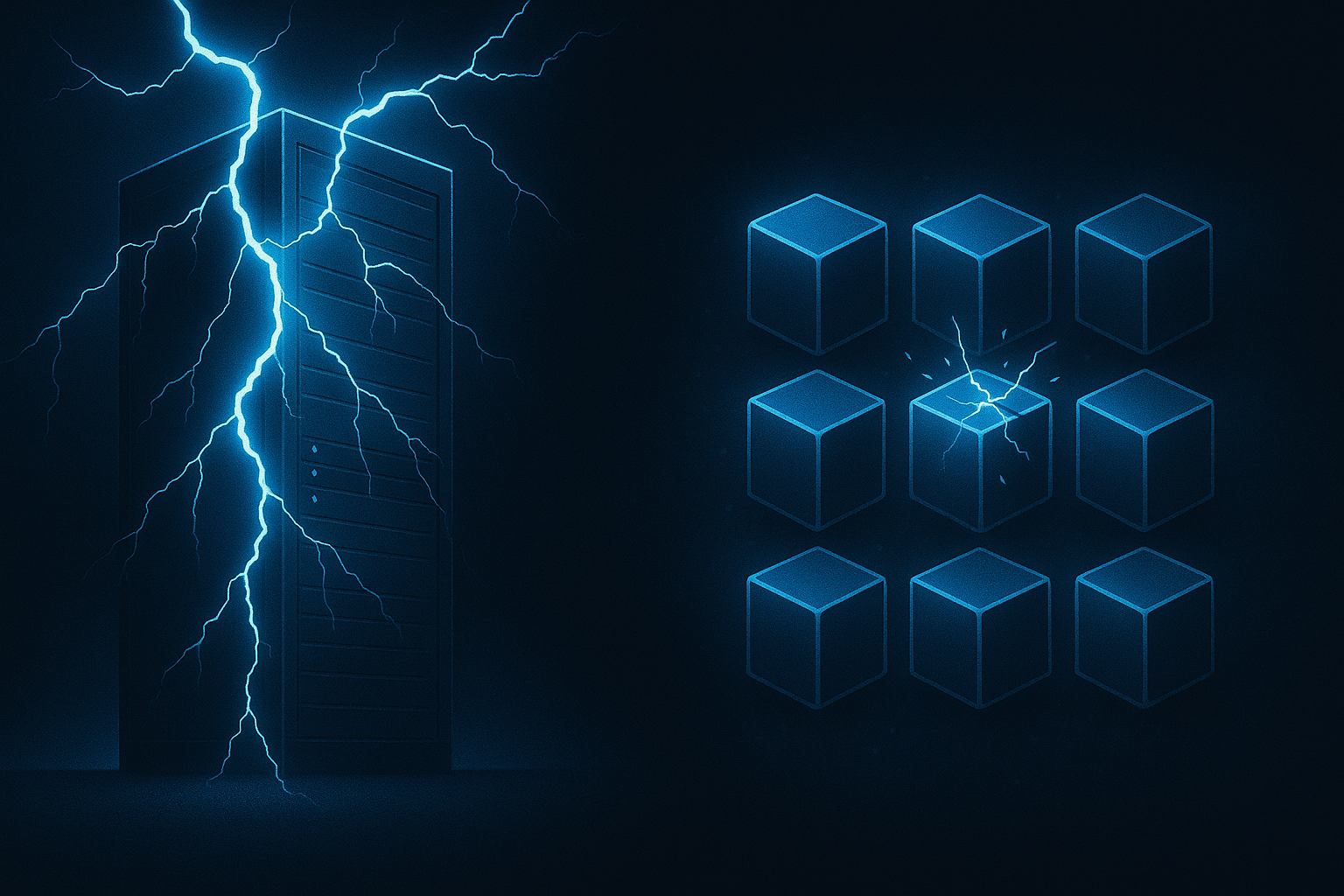
Enterprise IT teams increasingly rely on centralized platforms to manage critical business operations. According to recent industry analysis, a single vulnerability in major enterprise platforms can expose over 300,000 instances simultaneously, as demonstrated by multiple high-profile incidents in recent years.
The Scale of Modern Platform Exposure:
Real Impact from Recent Incidents:
Security researchers have documented consistent patterns across major platform breaches:
Enterprise platform security incidents consistently reveal the same architectural problems:

Centralized platforms create massive attack surfaces where single vulnerabilities provide attackers with:
Proprietary platforms hide their internal workings, creating critical blind spots:
Monolithic architectures make rapid security response nearly impossible:

Platforms like Convox address legacy security flaws through distributed, transparent, and automated architectures built on Kubernetes foundations.
Modern platforms operate on your infrastructure using auditable, version-controlled configurations:
# convox.yml - Auditable configuration with built-in security
resources:
database:
type: postgres
options:
encrypted: true # Encryption at rest by default
services:
web:
build: .
port: 3000
internal: true # Zero external exposure by default
resources:
- database # Secure credential injectionSecurity Advantages:
Unlike enterprise platform patch cycles that can take weeks, modern systems provide continuous security automation:
Automated Security Operations:
# Single command updates entire platform infrastructure
$ convox rack update
# Automated health checks with instant rollback capabilityModern platforms embrace transparency through open source development:
Community Security Benefits:
Rather than monolithic single points of failure, modern platforms isolate components:
services:
web:
scale: 3 # Multiple instances across availability zones
health: /health # Continuous health monitoring
whitelist: 10.0.0.0/8 # Network-level access controlsIsolation Benefits:
Modern platforms provide comprehensive security visibility:
Real-time Security Intelligence:
| Legacy Enterprise Platforms | Modern Kubernetes Platforms |
|---|---|
| Centralized → Single failure point | Distributed → Isolated failure domains |
| Proprietary → Hidden vulnerabilities | Open Source → Community-audited |
| Manual → Slow patch cycles | Automated → Continuous updates |
| Shared → Cross-tenant risks | Isolated → Zero shared tenancy |
| Vendor-dependent → Limited visibility | Transparent → Complete auditability |
Organizations transitioning from legacy enterprise platforms report measurable security improvements:
Quantified Security Benefits:

Organizations can transition to secure, resilient infrastructure through systematic modernization:
# Start with simple, auditable configurations
services:
api:
build: .
port: 3000
health: /health # Built-in health monitoring
scale: 2-10 # Auto-scaling for resilienceThe cybersecurity landscape continues evolving, with sophisticated attacks targeting the architectural weaknesses of legacy platforms. Organizations that modernize their infrastructure architecture can eliminate entire categories of security risks rather than continuously patching symptoms. Modern platform security starts with infrastructure that you can see, control, and trust—delivering structural resilience through distributed design principles, operational transparency for proactive security management, and automated defense that reduces human error and response time.
Ready to eliminate legacy security risks? Get Started Free with Convox today and join the growing number of teams who've chosen transparent, distributed security over centralized vulnerability.
To learn how Convox eliminates legacy platform security risks through modern Kubernetes infrastructure, explore our documentation or contact us to schedule a personalized demo. Free white-glove onboarding is available for all new accounts.
